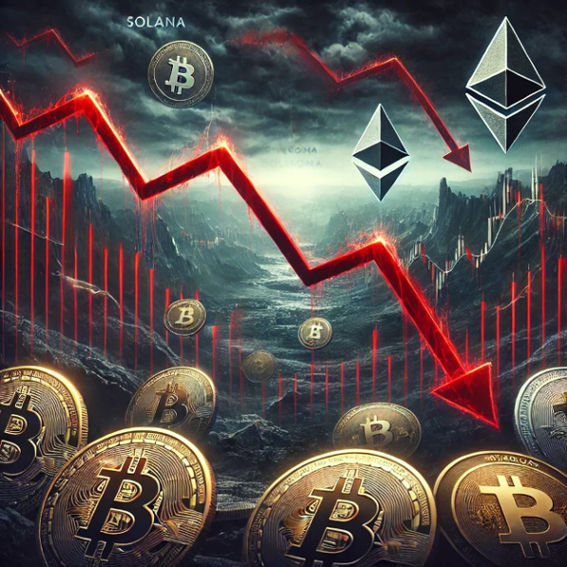
The petrodollar system, a cornerstone of global economic power since the 1970s, faces potential decline due to recent geopolitical events, economic trends, and technological advancements.
The petrodollar system was established in the early 1970s, driven by the oil crisis and the Nixon Shock. The United States secured an agreement with Saudi Arabia to price oil exclusively in dollars, solidifying the dollar’s global dominance. However, recent developments are challenging this system.
With China emerging as a global leader, a rapid shift towards renewable energy sources is changing the energy landscape. The surge in US shale oil production is reshaping global supply dynamics. China and Russia are advancing their currencies for international oil trade. Emerging digital currencies and blockchain technology offer new pathways for international trade. Additionally, sanctions and trade conflicts are driving countries like Iran to explore alternatives to the dollar.
Several potential scenarios could unfold. A gradual decline in the petrodollar system is the most likely scenario. This would involve a slow diversification of reserves and trade currencies. Central banks might cautiously approach this shift to avoid market disruptions. The economic impact would include a gradual increase in US inflation and interest rates as demand for the dollar decreases.

A rapid de-dollarization, though less likely, could occur if major oil producers suddenly shift to alternative currencies. This scenario could lead to sharp dollar depreciation and global financial instability. However, coordinated action by multiple nations would be required to precipitate such a sudden change. The likelihood of this scenario is low, as countries with significant dollar reserves, such as China and Japan, would be reluctant to trigger a rapid decline in the dollar’s value, given the potential impact on their own economies.
A medium likelihood scenario involves the emergence of hybrid systems where multiple currencies, such as the euro, yuan, and cryptocurrencies, are used for oil transactions. This transition would require adaptation to new systems and effective risk management. Technological advancements and geopolitical cooperation would play crucial roles in facilitating this shift. The International Monetary Fund (IMF) has already proposed the creation of a new international reserve currency called the “Special Drawing Right” (SDR), which would comprise a basket of currencies, including the dollar, euro, yuan, yen, and pound sterling.

The implications of these scenarios are significant. For the US, there would be reduced global influence, inflationary pressures, and increased borrowing costs. For emerging markets, increased volatility due to dollar-denominated debt could pose challenges. Globally, we could see the rise of China and the EU as economic powers and an acceleration of the renewable energy transition.
Countries and central banks should gradually diversify reserves and strengthen domestic economies to prepare for this transition. The private sector must adapt to new currency risks and invest in renewable energy. Reforming international financial institutions to reflect the new economic reality is also necessary.
This evolving landscape requires strategic foresight and adaptability from both public and private sectors to navigate the potential end of the petrodollar era.
Source: Macrofund


